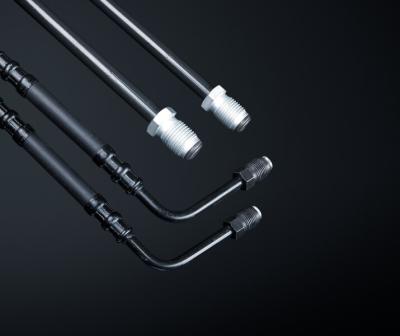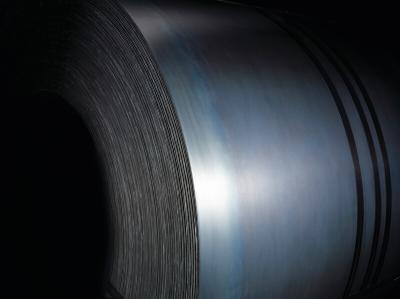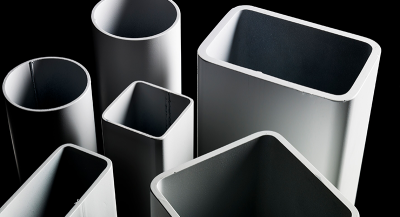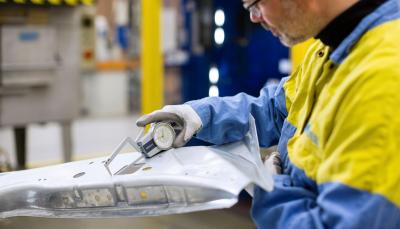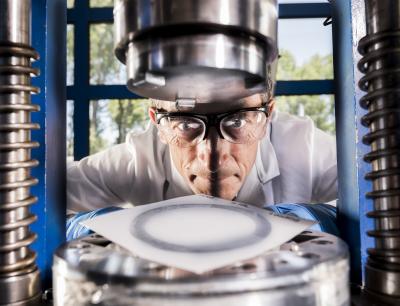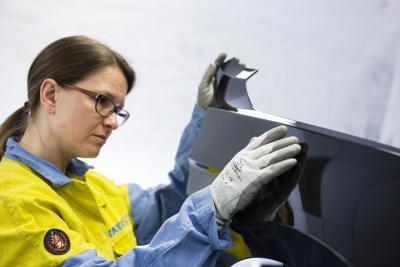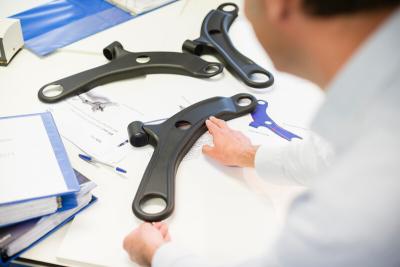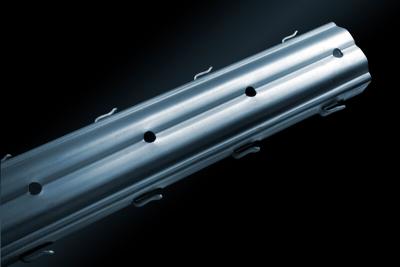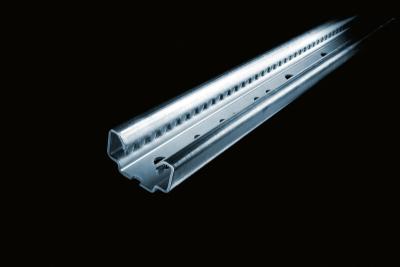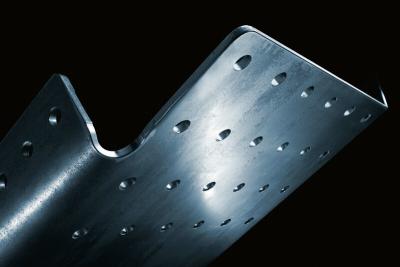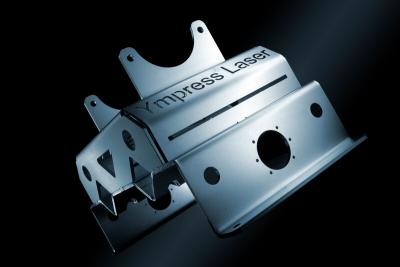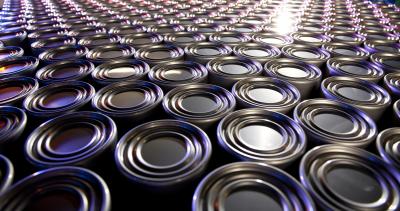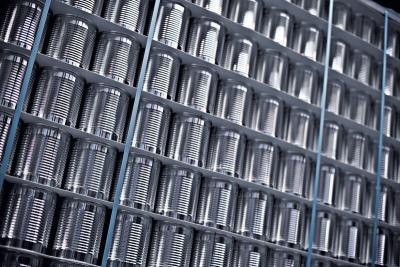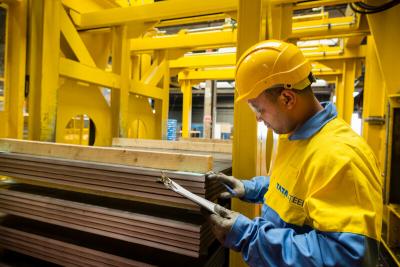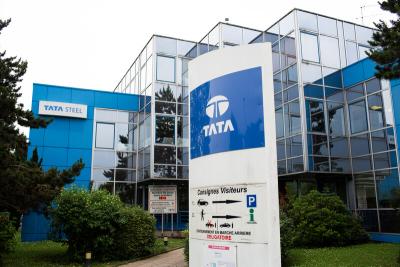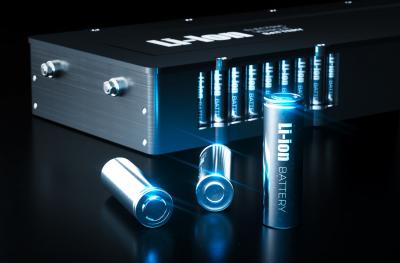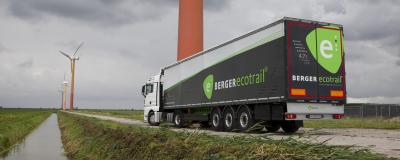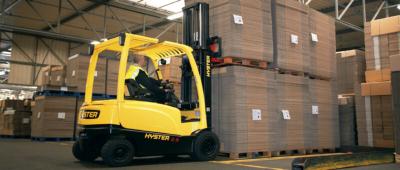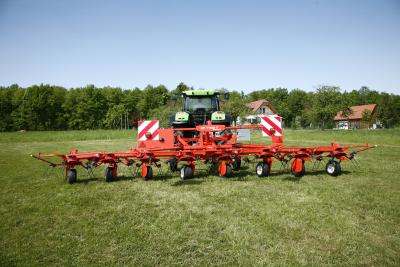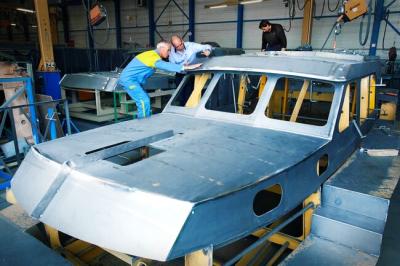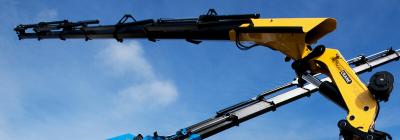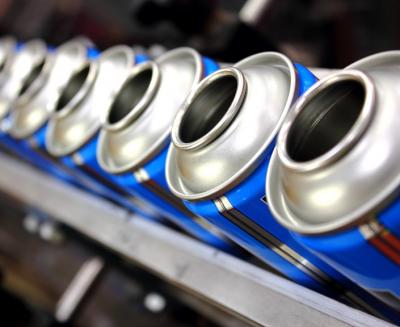Tata Steel Nederland has launched Zeremis® Delivered, the option for customers to receive their steel orders through lower-emission transportation methods. The service enables customers to reduce their scope 3 emissions1), along with other emissions linked to the transportation of steel. Initially, Zeremis Delivered will be available to customers located within a 300-kilometer driving distance from our sites in the Netherlands and Belgium.
“In addition to major projects, such as the transformation to the production of green steel, we are also working in other areas to become a more sustainable operating steel company,” said Hans van den Berg, CEO of Tata Steel Nederland. “Our ambition to make the entire logistics chain more sustainable represents a great potential. It serves both customers who want to decarbonise their entire supply chain as well as those who are just starting their sustainability journey and are prioritising eco-friendly transportation before switching to using Zeremis Carbon Lite, our lower-CO2 steel.”
With Zeremis Delivered, Tata Steel aims to support its customers meeting their scope 3 emission targets. In the initial phase, customers can be served up to 300 kilometers by truck with the use of HVO100, delivering CO2 savings of up to 90% compared to conventional fossil fuel. Zeremis Delivered will be further developed to include longer range solutions and other modes of transportation, including rail, barge and sea-going vessels. The company partners with logistics suppliers and knowledge centres to pilot innovative solutions across all modalities. This includes testing electric trucks to gain commercial and operational experience and thereby prepare itself to move to full electrification as soon as possible.
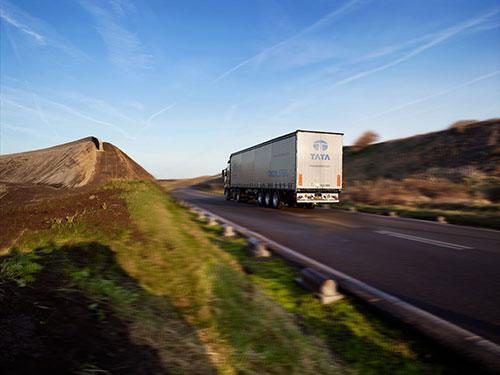
With the launch of Zeremis Delivered, Tata Steel is expanding its sustainability solutions to customers. Last year, the company introduced Zeremis Carbon Lite – steel with an allocated carbon footprint reduction of up to 90%2) – which is gaining traction among customers in various industries, including automotive, construction, and new mobility sectors. Tata Steel also already offers its customers the opportunity to secure Zeremis green steel from the new steelmaking route that the company plans to deploy in 2030.
1) Greenhouse gas emissions are categorised into three groups or ‘Scopes’ by the GHG Protocol. Scope 1 covers direct emissions from owned or controlled sources. Scope 2 covers indirect emissions from the generation of purchased electricity, steam, heating and cooling consumed by the reporting company. Scope 3 includes all other indirect emissions that occur in a company’s value chain.
2) This is the maximum reduction for the sum of scope 1, 2 and 3 emissions. For the sum of scope 1 and 2 emissions, this represents a 100% reduction.



